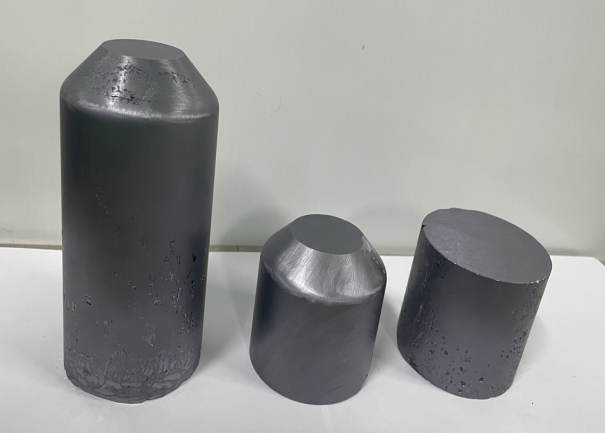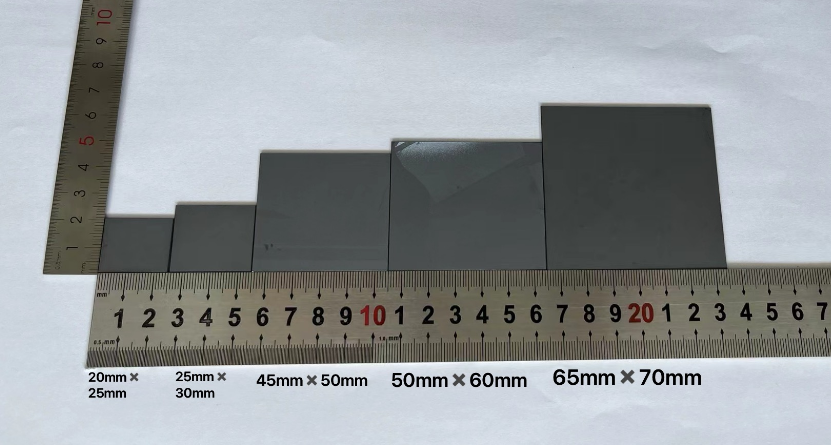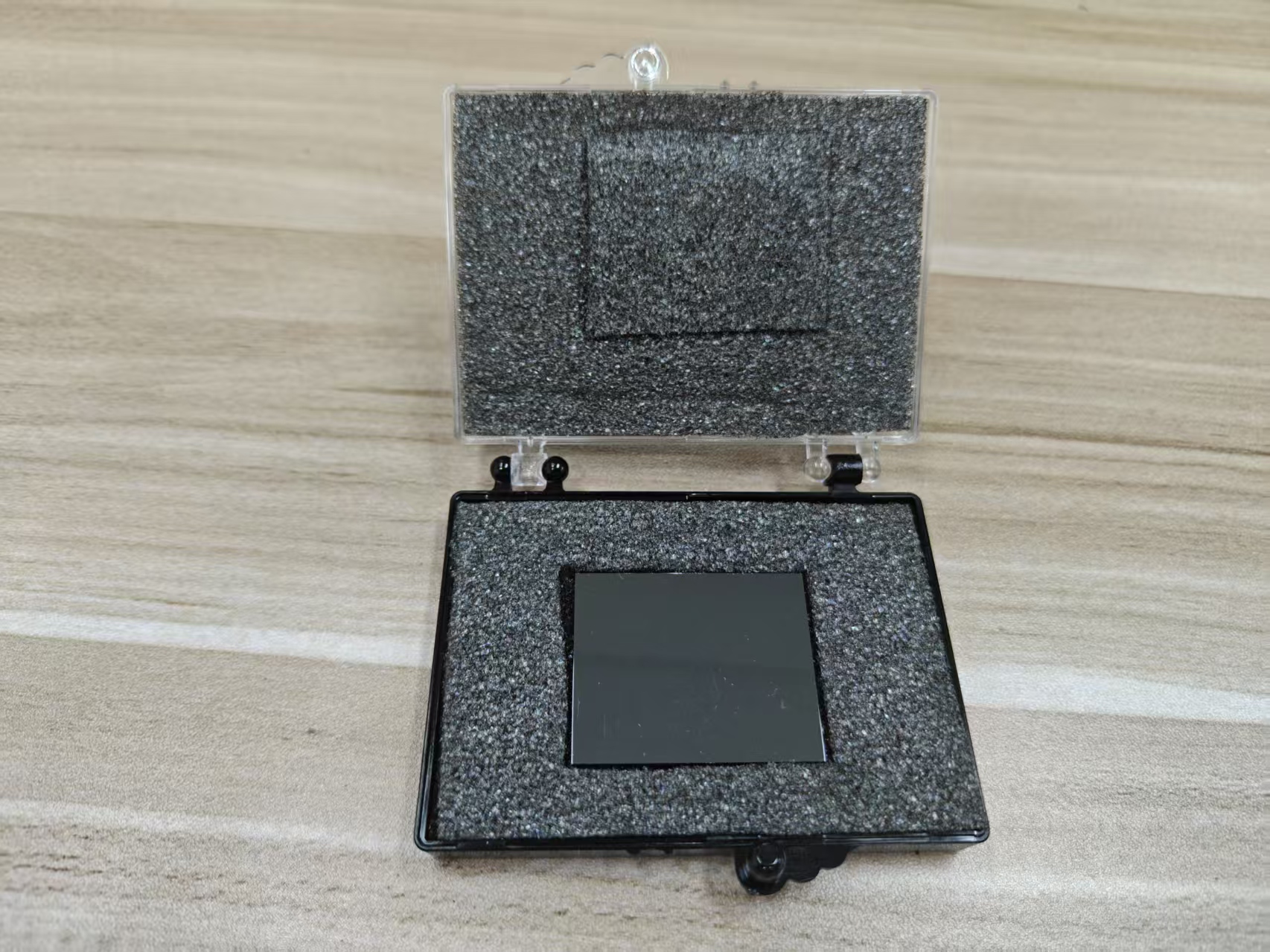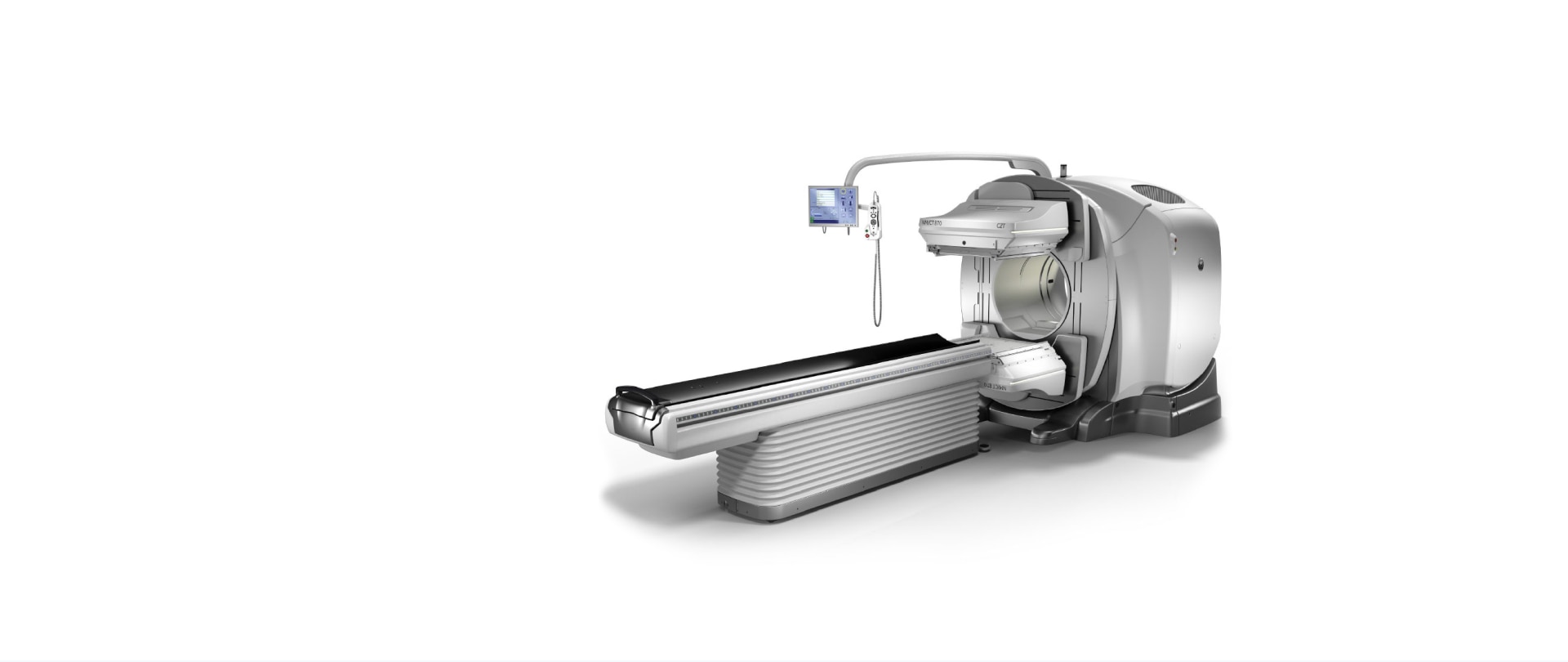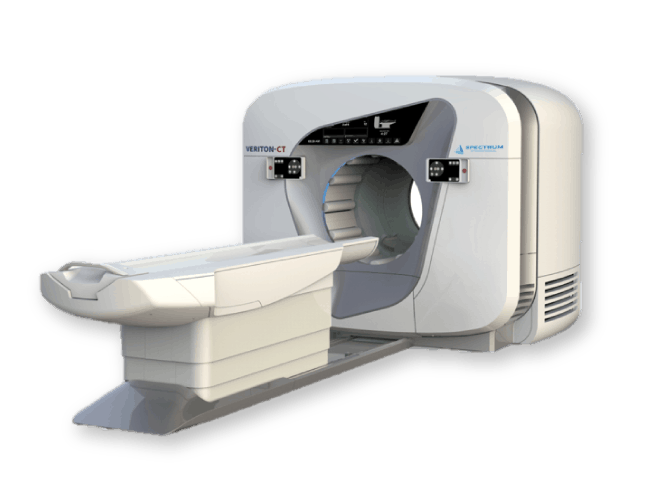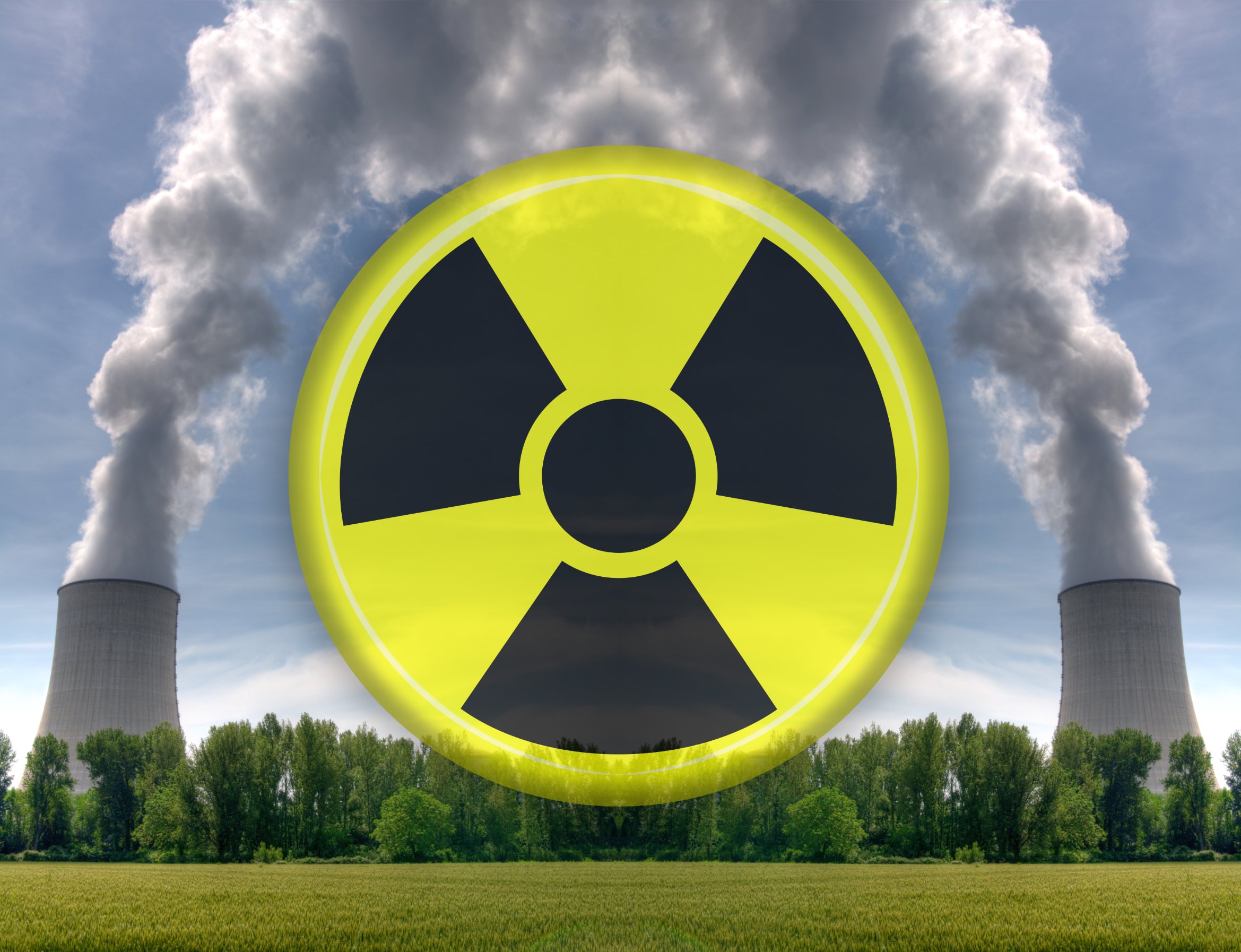
Radiation safety is a critical concern across various industrial sectors, including nuclear power generation, oil and gas exploration, medical diagnostics, manufacturing, and environmental monitoring. The use of
radiation detectors plays a key role in ensuring the protection of workers, the public, and the environment from harmful radiation exposure. Two common types of radiation detectors utilized for safety applications are
CZT (Cadmium Zinc Telluride) detectors and
scintillator-based detectors. Both technologies are used to detect radiation in real-time, but they differ significantly in their operation, sensitivity, and suitability for various industrial applications.
This comprehensive analysis explores how
CZT detectors and
scintillator-based detectors impact
radiation safety in industrial environments, focusing on their
performance,
advantages,
limitations, and
specific applications in industries that deal with radioactive materials or hazardous radiation sources.
## 1. Overview of Radiation Safety Concerns in Industrial Settings
In industrial environments, workers and the public may be exposed to various types of radiation, such as:
*
Gamma rays from nuclear reactors, radioactive materials, or industrial radiography sources
*
X-rays used in non-destructive testing (NDT) and medical imaging
*
Alpha and beta particles from contamination or radioactive waste
*
Neutrons in nuclear plants or research laboratories
Radiation exposure can result in severe health effects, including
radiation burns,
internal contamination, and
increased risk of cancer. Monitoring and controlling radiation levels is essential to minimizing the risk of exposure and ensuring compliance with safety standards and regulations, such as those established by the
International Commission on Radiological Protection (ICRP) and the
U.S. Nuclear Regulatory Commission (NRC).
Radiation detectors, such as
CZT and
scintillators, provide critical data for these safety systems. Their ability to detect different types of radiation, measure radiation intensity, and provide real-time monitoring helps industrial sectors protect workers and the public from hazardous radiation exposure.
## 2. CZT Detectors in Radiation Safety
CZT detectors are
solid-state detectors that directly convert radiation into electrical signals.
CZT crystals have a high
atomic number and excellent
energy resolution, making them ideal for precise radiation measurements.
*
High Energy Resolution:
One of the primary advantages of
CZT detectors is their
high energy resolution. This allows for the accurate identification of various types of radiation, including
gamma rays and
x-rays, and for distinguishing between different radiation sources. In industrial settings, such as nuclear power plants or radiation-based manufacturing processes, knowing the precise energy of the radiation helps assess the type and severity of exposure, which is essential for
radiation safety protocols.
For example, in a
nuclear power plant,
CZT detectors can differentiate between the background radiation and radiation from
nuclear fuel or
reactor leaks, ensuring that workers are only exposed to radiation within
safe limits.
*
Real-Time Spectroscopic Monitoring:
CZT detectors are capable of
real-time spectroscopic monitoring, which means they can continuously measure the energy levels of radiation and produce
spectral data. This is crucial in industrial applications where workers or equipment are near radioactive sources. For instance, in
oil and gas exploration where radiation sources such as
gamma rays from naturally occurring radioactive materials (NORM) may be encountered,
CZT detectors can provide instant feedback on radiation levels, allowing workers to take immediate action if the exposure exceeds safe thresholds.
*
Compact and Rugged Design:
The
compactness and
ruggedness of
CZT detectors make them well-suited for industrial environments that may involve
high temperatures,
mechanical vibrations, and
harsh chemical exposure. These detectors are highly durable and perform reliably under these conditions, making them ideal for
field applications such as environmental monitoring, inspection of radioactive waste, or mobile radiation survey equipment.
*
Limitations:
While
CZT detectors offer excellent
energy resolution and
precision, their
cost and
complexity can be higher compared to simpler radiation detectors. In industrial settings where
budget constraints exist or where
quick detection is the priority, the
higher initial cost of
CZT detectors may be a consideration. Additionally, their performance can be sensitive to
temperature fluctuations, which might require additional calibration or compensation in extreme industrial environments.
## 3. Scintillator Detectors in Radiation Safety
Scintillator detectors use materials like
NaI(Tl),
CsI(Tl), and
plastic scintillators that emit light when radiation interacts with the scintillator material. This light is then converted into an
electrical signal by a
photodetector like a
photomultiplier tube (PMT) or
photodiode.
*
Broad Sensitivity:
Scintillator detectors are sensitive to a wide range of radiation, including
gamma rays,
x-rays,
alpha particles, and
beta particles. Their ability to detect a broad spectrum of radiation makes them suitable for
general-purpose radiation safety in industrial applications. For example, in
industrial radiography, where gamma rays are used for
non-destructive testing (NDT) of materials,
scintillator detectors can quickly detect the radiation levels emitted by the source, ensuring workers are not exposed to excessive radiation during testing procedures.
*
Cost-Effectiveness and Simplicity:
Scintillator detectors are generally more
cost-effective and simpler to manufacture than
CZT detectors. This makes them an attractive option for industries with
high-throughput or
budget-conscious applications, such as
security screening,
environmental monitoring, or
waste management. The
lower cost makes
scintillator detectors ideal for
portable radiation detection systems, such as handheld devices for workers to use in
radiation surveys or for
routine inspections.
*
Speed and Large Area Coverage:
Scintillator detectors are known for their
fast response times and
high light output, which makes them suitable for detecting high fluxes of radiation quickly. For industries that require
real-time monitoring or
large-area surveys, such as
nuclear waste management,
scintillators can provide the
fast feedback necessary to assess radiation safety.
*
Limitations:
Despite their
cost-effectiveness,
scintillator detectors generally suffer from
lower energy resolution compared to
CZT detectors. This makes it more challenging to accurately identify the exact energy of radiation and distinguish between different radiation sources in complex industrial settings. In applications where
precision is crucial, such as
gamma spectroscopy for identifying specific isotopes,
scintillators may not be the ideal choice.
Additionally,
scintillator detectors rely on
photomultiplier tubes (PMTs), which can be
fragile and
sensitive to environmental conditions such as
shock,
temperature variations, and
humidity. This limits their durability in extreme industrial environments where reliability and low maintenance are essential.
## 4. Applications in Industrial Radiation Safety
*
Nuclear Power Plants:
Both
CZT detectors and
scintillator detectors are used in
nuclear power plants for radiation monitoring and worker safety.
CZT detectors are ideal for
precise gamma spectroscopy to monitor for potential radioactive leaks, while
scintillator detectors can provide broad-spectrum radiation detection for general radiation surveys.
*
Oil and Gas Industry:
In
oil and gas exploration, naturally occurring radioactive materials (NORM) can pose a radiation hazard.
CZT detectors are used in
radiation surveys to assess potential risks, while
scintillator detectors are used for
gamma logging and
real-time radiation monitoring during drilling operations.
*
Medical and Manufacturing Industries:
In industries like
medical diagnostics,
radiotherapy, and
non-destructive testing (NDT), both types of detectors are used to ensure radiation safety.
CZT detectors can be used in
precision imaging systems, while
scintillators are employed in
radiography and
NDT applications to ensure that radiation exposure does not exceed safe limits.
*
Environmental Monitoring and Waste Management:
Both detector types are used for monitoring
radioactive contamination in the environment and assessing
radiation levels at
waste disposal sites.
CZT detectors are particularly useful in
quantitative measurements for identifying specific isotopes, while
scintillator detectors are widely used for
general environmental monitoring due to their lower cost and ease of use.
## 5. Conclusion
Both
CZT detectors and
scintillator detectors have a significant impact on
radiation safety in industrial applications, each offering specific advantages depending on the needs of the application.
CZT detectors provide
high energy resolution and
real-time spectroscopy, making them ideal for situations where precise radiation measurements and identification of isotopes are required. On the other hand,
scintillator detectors offer
broad sensitivity,
fast response times, and
cost-effectiveness, making them suitable for large-area surveys,
general-purpose radiation detection, and
high-throughput applications.
The choice between these two technologies depends on factors such as
sensitivity requirements,
cost,
application complexity, and the
working environment. Both types of detectors continue to play vital roles in ensuring the
radiation safety of workers and the public in industrial settings.
CdZnTe Association (CdZnTe.com)
https://www.cdznte.com/blog/how-czt-and-scintillators-impact-radiation-safety-in-industrial-applications.html

